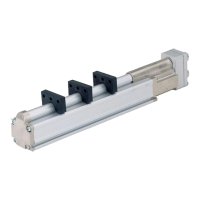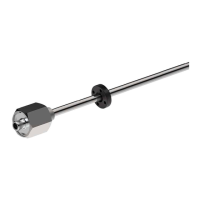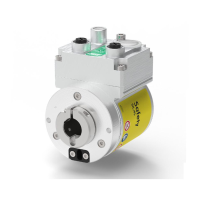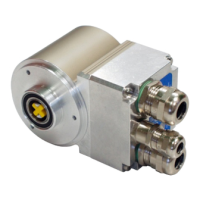Do you have a question about the TR-Electronic LA-46-K and is the answer not in the manual?
Specifies the measuring system models this manual covers.
Lists relevant standards and guidelines for PROFINET and Ethernet.
Provides definitions for technical terms and acronyms used in the document.
Explains warning symbols (WARNING, CAUTION, NOTICE) and informational icons.
Details requirements for safe operation and adherence to technical guidelines.
Covers specific requirements and markings for systems used in explosive environments.
Introduces PROFINET IO, its device classes, and GSD file concept.
Explains different performance levels for time-critical data transmission.
Details the PROFINET protocol structure and EtherType usage.
Describes cyclic and acyclic data exchange services in PROFINET IO.
Lists key protocols used within PROFINET IO for discovery and diagnostics.
Explains the function of distributed clocks for synchronized actions in PROFINET IRT.
Outlines the sequence of operations during the PROFINET system startup.
Discusses PROFINET certification and where to find more information.
Details physical connection options, ports, and recommended cables.
Explains changes in GSDML file structure and versioning.
Describes the GSDML file's role in plug-and-play configuration.
Explains Vendor-ID and Device-ID for PROFINET IO-Device identification.
Details the PROFINET IO communication sequence and data transfer.
Covers the process of assigning IP addresses and device names.
Explains the MAC-Address structure and its identification function.
Describes the format and components of an IP address.
Explains the function of the subnet mask in network addressing.
Details IP address ranges, classes, and default subnet masks.
Describes the meaning of the LEDs for monitoring connection and data status.
Process of providing required information to a PROFINET IO-Device for operation.
Specifying the type and treatment of process data for the measuring system.
Provides a summary of configurations, operating parameters, and features.
Details data exchange and parameters for specific PROFINET linear measuring systems.
Describes data exchange and parameters for MRP-enabled PROFINET systems.
Comprehensive explanation of various operating parameters for the measuring system.
Guides on setting the measuring system value to a specific position.
Explains the status messages (GOOD/BAD) for cyclic Real-Time communication.
Illustrates a practical configuration setup using SIMATIC Manager.
Describes LED indicators for diagnosing system status and errors.
Details how PROFINET diagnostic alarms are reported and their causes.
Explains the "Return-of-Submodule-Alarm" when valid data can be provided again.
Discusses the use of SIEMENS S7 organization blocks for error handling.
Lists common faults like position skips and their remedies.
| Brand | TR-Electronic |
|---|---|
| Model | LA-46-K |
| Category | Media Converter |
| Language | English |





